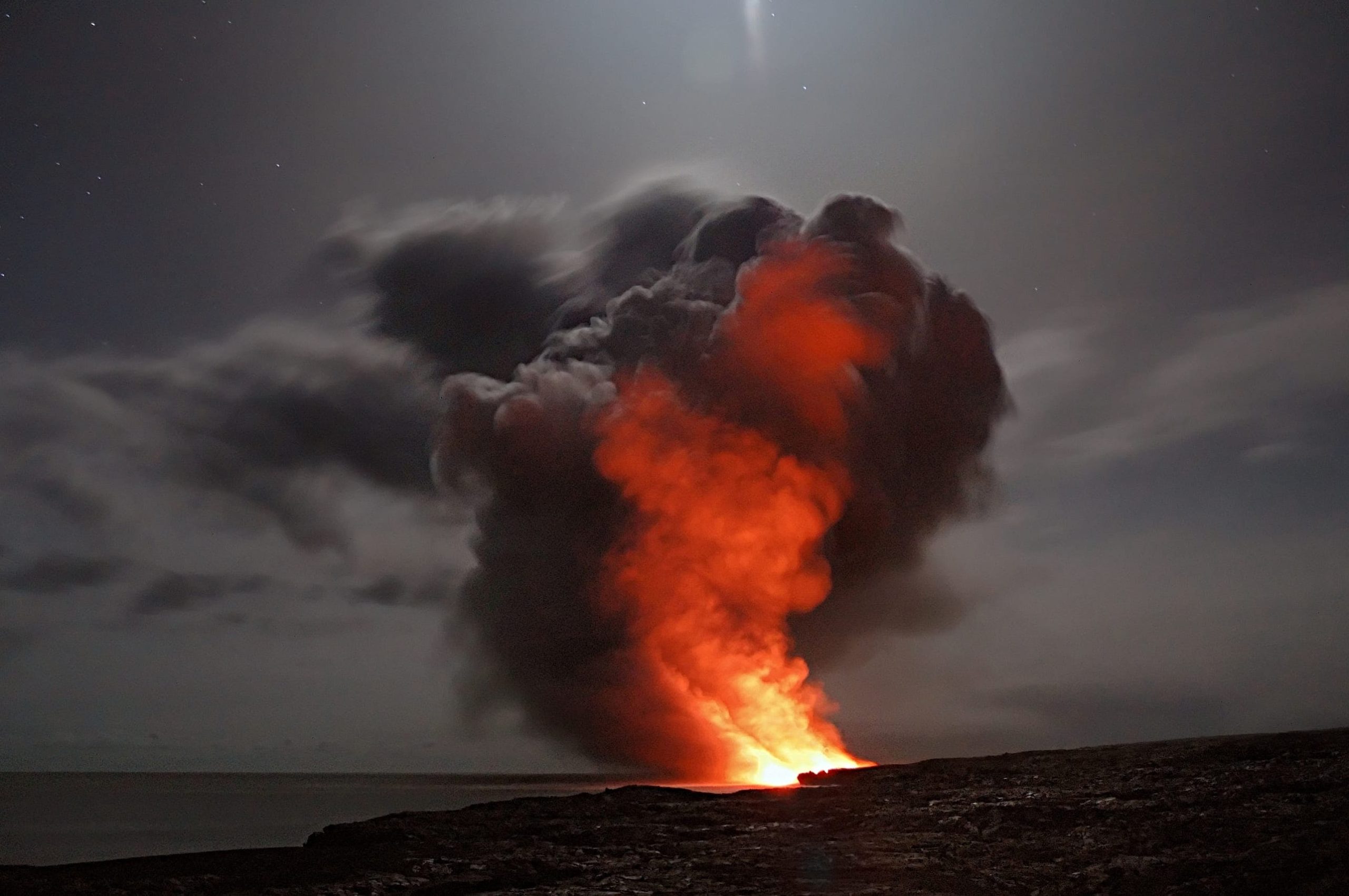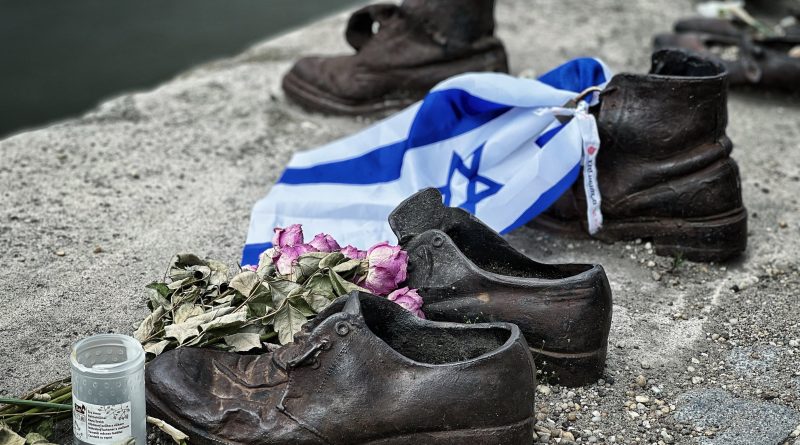Temporary Ceasefire in Gaza Signals Hope Amid Ongoing Conflict
In a significant development, a temporary ceasefire has been implemented between Israeli and Hamas forces in the Gaza Strip, marking the first break in the 48-day conflict that has left the Palestinian enclave in ruins. Both sides, however, caution that this pause does not signify the end of the hostilities.

The ceasefire, initiated at 7 a.m. (0500 GMT), is tied to the imminent release of 13 Israeli women and children who were held hostage by Hamas. In return, Palestinian prisoners in Israeli jails will be set free. Alongside this exchange, additional aid is scheduled to flow into Gaza, a region grappling with a severe humanitarian crisis due to weeks of Israeli bombardment that has resulted in the loss of thousands of Palestinian lives.
Reports from the ground indicate a noticeable reduction in major bombings, artillery strikes, or rocket attacks during the ceasefire period. However, both sides accuse each other of sporadic shootings and other violations.
Israeli tanks were observed moving away from the northern end of the Gaza Strip, while aid trucks arrived from Egypt at the southern end. The absence of Israeli air force activity and contrails typically left by Palestinian rocket fire added to the sense of temporary calm.
Residents in Khan Younis, a town in southern Gaza that houses thousands of families displaced from the north, cautiously ventured out of their homes and shelters. One resident expressed hope, optimism, and pride in their resistance, despite the pain caused by the conflict.
Hamas confirmed the cessation of hostilities from its forces but emphasized that this was a “temporary truce.” In a video message, a spokesperson for Hamas’ armed wing called for an escalation of confrontation with Israel on all resistance fronts, including the Israeli-occupied West Bank.
Israeli Defense Minister Yoav Gallant acknowledged the temporary nature of the ceasefire, stating that it would be a short pause, after which the war and fighting would resume with increased intensity to pressure for the release of more hostages.
The conflict erupted when Hamas fighters breached the border fence into southern Israel on Oct. 7, resulting in casualties and the seizure of hostages. Israel responded with a sustained assault on Gaza, leading to significant loss of life, particularly among children. Hundreds of thousands of Gazans have fled their homes, and the region faces a critical shortage of essential supplies.
Observations from southern Israel revealed a quiet scene across the fence from the northern part of Gaza, where intense ground combat had taken place. Israeli military vehicles, including tanks, were seen moving away from the Gaza Strip.
Despite the ceasefire, reports of “intense shooting” by Israeli forces east of Khan Younis and Rafah surfaced, resulting in casualties. Sirens sounded in Israeli villages near the southern Gaza Strip, signaling possible incoming Palestinian rockets.
International concern over the fate of hostages and the dire situation faced by civilians trapped in Gaza prompted the temporary ceasefire. While Israel rejected calls for a full ceasefire, the release of hostages and the initiation of aid deliveries are steps towards addressing the humanitarian crisis.
The hostages, initially numbering 13, are set to be released gradually, with the first group, including elderly women, expected to be freed. The total number is anticipated to reach 50 over the next four days. In exchange, Israel will release 39 Palestinian prisoners, with the possibility of the ceasefire extension if hostages continue to be released at a specified rate.
As part of the agreement, much-needed aid began to reach Gaza, with trucks carrying essential supplies crossing from Egypt at the Rafah border point. The aid includes fuel, cooking gas, and other humanitarian assistance. Egypt committed to delivering 130,000 liters of diesel and four trucks of gas daily, along with 200 trucks of aid entering Gaza daily.
While the temporary ceasefire offers a momentary respite, the region remains on edge, awaiting the outcome of negotiations and the potential for a lasting resolution to the longstanding Israeli-Palestinian conflict.

Ceasefire Takes Hold: A Glimmer of Hope in Gaza
Temporary Truce Amidst Ongoing Conflict
In a notable development, a temporary ceasefire has been initiated between Israeli and Hamas forces in the Gaza Strip, marking the first respite in the 48-day conflict.
Hostage Release and Aid Delivery: Key Components of the Ceasefire
1. Hostage Release and Exchange
The ceasefire, effective at 7 a.m. (0500 GMT), is tied to the imminent release of 13 Israeli women and children held hostage by Hamas. This exchange is a pivotal element in the ongoing negotiations.
2. Additional Aid for Gaza
Simultaneously, plans are underway for the release of Palestinian prisoners in Israeli jails. Moreover, additional aid is set to flow into Gaza, addressing the severe humanitarian crisis exacerbated by weeks of Israeli bombardment.
Ground Observations: A Break from Major Hostilities
1. Significant Reduction in Major Offensives
Reports from the ground indicate a substantial decrease in major bombings, artillery strikes, or rocket attacks during the ceasefire period.
2. Mutual Accusations of Violations
Despite the temporary calm, both sides accuse each other of sporadic shootings and other violations, highlighting the fragile nature of the truce.
Shifting Dynamics: Movements and Statements
1. Israeli Tanks Withdrawal
Israeli tanks were observed moving away from the northern end of the Gaza Strip, signaling a shift in military dynamics.
2. Hamas’ Confirmation and Warning
Hamas confirmed the cessation of hostilities from its forces but warned that this was a “temporary truce,” suggesting the potential for renewed conflict.
Voices from Gaza: Hope and Resilience
1. Residents’ Response in Khan Younis
Residents in Khan Younis, a town in southern Gaza housing displaced families, cautiously ventured out of their homes, expressing hope, optimism, and pride in their resistance.
2. Call for Escalation from Hamas
Hamas’ armed wing spokesperson called for an escalation of confrontation with Israel on various fronts, including the Israeli-occupied West Bank.
Defense Minister’s Perspective: Ceasefire as a Brief Pause
Israeli Defense Minister Yoav Gallant acknowledged the temporary nature of the ceasefire, stating that it would be a short pause before the resumption of the conflict with increased intensity.
Ongoing Challenges: Cautionary Measures and Incidents
1. Warning Against Returning to Northern Gaza
The Israeli military warned Palestinians against returning to homes in the northern part of Gaza, describing it as a “dangerous war zone.”
2. Reports of Incidents During Ceasefire
Incidents, including intense shooting by Israeli forces and reported casualties, surfaced during the ceasefire, indicating the challenges of maintaining peace.
International Involvement: Concerns and Commitments
1. International Concerns and Rejections
International concern over the fate of hostages and the dire situation faced by civilians trapped in Gaza prompted the temporary ceasefire. However, Israel rejected calls for a full ceasefire.
2. Egypt’s Role in Maintaining Truce
Egypt announced its commitment to maintaining contact with both Israel and Hamas to consolidate the truce and prevent violations.
Humanitarian Steps: Hostage Release and Aid Initiatives
1. Gradual Hostage Release
The release of hostages, starting with a group of 13, is expected to continue over the next four days, with a total reaching 50. This step is crucial for building trust between the conflicting parties.
2. Aid Deliveries to Gaza
As part of the agreement, desperately-needed aid began to reach Gaza, with trucks carrying essential supplies crossing from Egypt at the Rafah border point. The aid includes fuel, cooking gas, and other humanitarian assistance.
The Road Ahead: Fragile Truce and Long-term Solutions
While the temporary ceasefire offers a momentary respite, the region remains on edge, awaiting the outcome of negotiations and the potential for a lasting resolution to the longstanding Israeli-Palestinian conflict. The next steps hinge on the delicate balance between diplomatic efforts and the realities on the ground.



